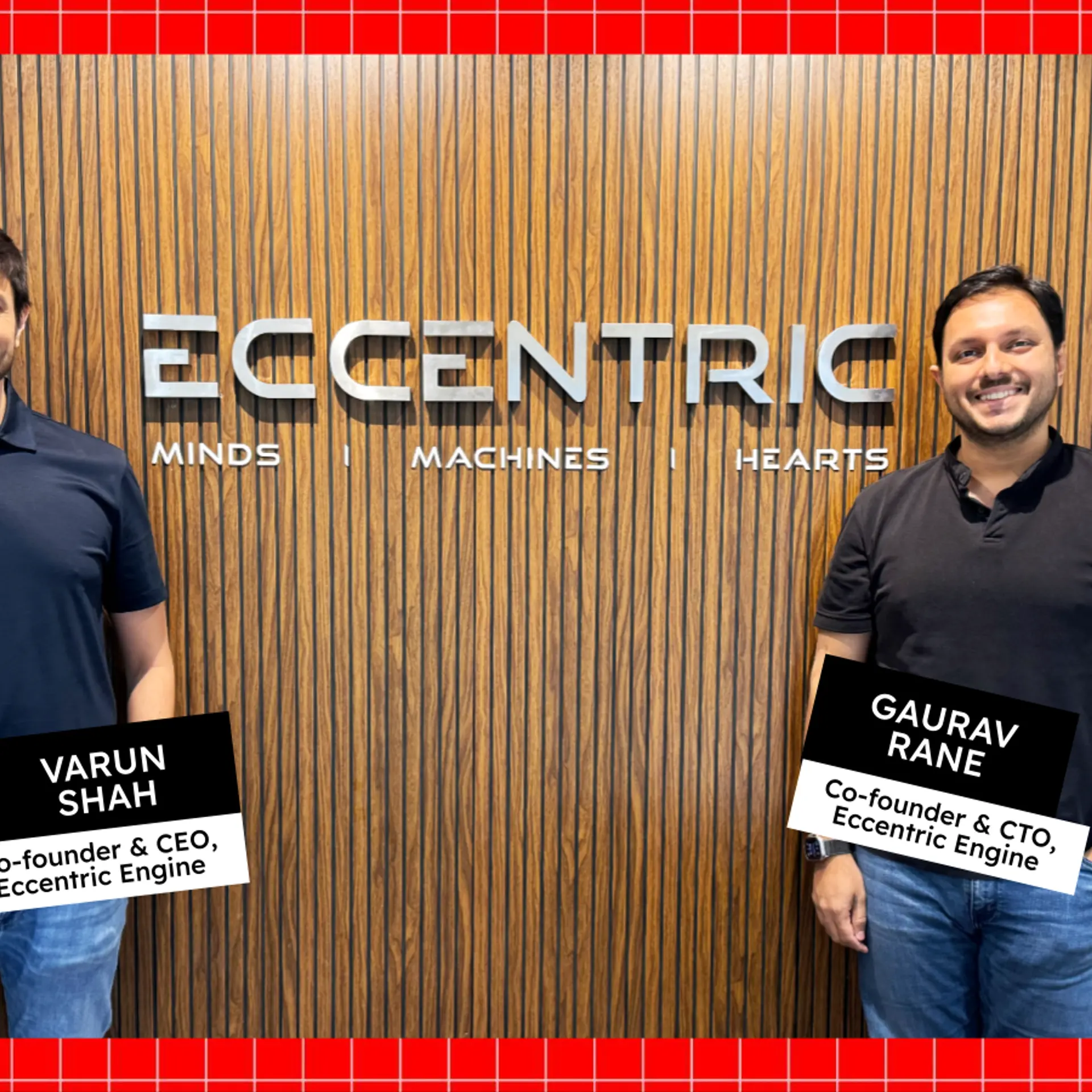With the IIT-Bombay clan behind the hardware startup ideaForge: The makers of UAV, Netra
We recently wrote about the Unmanned Aerial Vehicle being used in the Uttarakhand floods rescue operations. The vehicle is named Netra and it comes from a bunch of IIT-Bombay alumni who decided to startup instead of taking up routine corporate jobs. Ankit Mehta, Ashish Bhat, Rahul Singh, Vipul Joshi and Amardeep Singh are the five youngsters powering ideaForge and the company has been incubated from IIT Bombay’s incubator- SINE.

Here, we get in touch with Amardeep to know their story:
YourStory: Tell us about the ideaForge journey. How was the idea conceived and how did you all come together?
Amardeep Singh: Long story! (smiles)
We all belonged to different batches and departments but were interested in robotics since IIT days and participated in various tech competitions including representing India at Robocon, Beijing. It so happened that Ankit graduated first and joined a firm. Within next 6 months he left it and came back to Mumbai and roped in Rahul & Ashish who were graduating in the next 6 months. They formally registered the company and started developing some alternative energy products including a hand-crank charger for mobile phones, a bicycle charger for mobile phones etc. aimed at rural and energy deficient markets. It was always clear that at some point, robotics will come into picture. During this time I was pursuing my final year in Aerospace Engg. at IIT Bombay and my final year project was to build a UAV (in 2008) which went on to participate in an international competition. ideaForge attended the competition as a partner and I participated as a member of the Aerospace department team. We won first prize along with MIT, USA in the hovering class of UAVs. And on a slightly different note, Vipul was Ankit's school friend and had just returned from Switzerland after completing his MBA. He too was looking to do his own start-up in India. These were all the pieces in the puzzle and magically it all fell in place and we came together as a team.
YS: Hardware is a rather uncoventional sector for a startup to enter. Tell us about it.
AS: It has been exciting. It has had its challenges. Yes, it is unconventional in a lot of ways. It is a start-up making a hardware product and the majority of customers have been government organisations. So, the timelines to market are longer than usual. We had entered into a market where most potential customers had almost no idea about the product that we make or its applications. We spent a lot of time imparting education to them about UAVs and how they can be of use to them. We have done hundreds of demonstration in the last few years at No Cost No Commitment basis. Now, people know about UAVs, they can relate to it. We also had to remove the stigma that 'drones' are not only for destruction but they can have a lot of constructive and humanitarian uses as was evident from our recent rescue effort in Uttarakhand.
Contrary to the popular opinion, we have had a good experience working with government clients. It may be because of the product that we are selling that we were able to generate good interest among potential customers almost every time. Our strategy was clear that we will approach these organisations in a top-down manner. We were always able to engage the topmost decision making authority in organisations to see our demonstration and use cases. Once we would convince the highest authority, rest was more of the paper work that would take its own pace but eventually happen. There are smart intelligent people working in these organisations and it has been good interacting with them.
YS: How big is the team and how does the manufacturing work?
AS: We are currently 32 in number including R&D, Manufacturing, Admin, Operations & Marketing. We have our manufacturing base in Navi Mumbai where we manufacture, assemble, test and package our systems. The processes have been streamlined with Quality Control in place. These are made-to-order and cannot be stocked in numbers. To cater for bigger requirements, the manufacturing team and capabilities can be scaled up very quickly.
YS: What is the revenue model like?
AS: Till now, primarily our customers have been paramilitary forces, state police departments, armed forces and DRDO labs. We have established a rate contract with DRDO which acts as a reference for pricing to the customers. The rate contract also helped us in making the procurement process quicker.
But we have now started to look into the services model for business. Going forward there are many areas in the commercial domain which can benefit from UAVs. Aerial photography, Power lines monitoring, Oil & gas pipeline monitoring, Map generation, 3D terrain mapping, Campus security etc. are just some of them. We plan to follow leasing & services model in these areas.
YS: Apart from Netra, what else is happening at ideaForge?
AS: We are working towards improving the current capabilities of NETRA. As the same time, several interesting projects are going on which will be tackling different class of applications. Not much can be revealed right now but within a year more products should be rolling out from our company. Other than the products we are constantly working on improving/creating new sub-systems which can enhance the capabilities of the current UAVs themselves. Eg. the payload systems, communication systems, Image Intelligence etc.
YS: Are you looking to raise funds?
AS: Yes!
YS: What is the vision with ideaForge?
AS: The vision is to 'Inspire the surge of Unmanned System'. We, the people of this planet, and most of our assets/sensors have been ground bound till now. We have spent most of the time on ground. We want to give them another dimension to explore. The 'z' axis. And it would be interesting to see how it turns out to be in future.
Website: ideaForge







